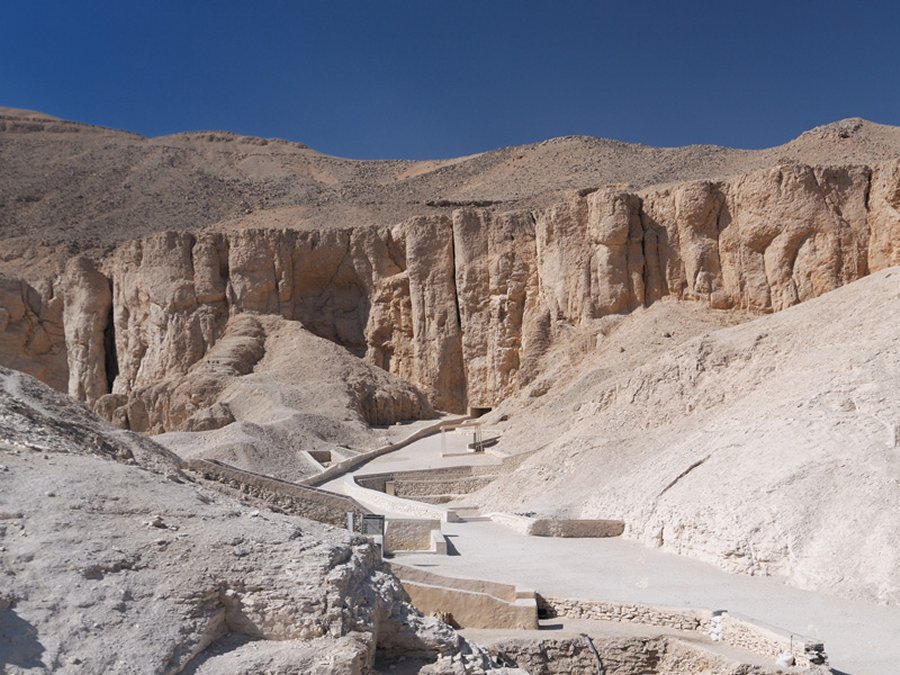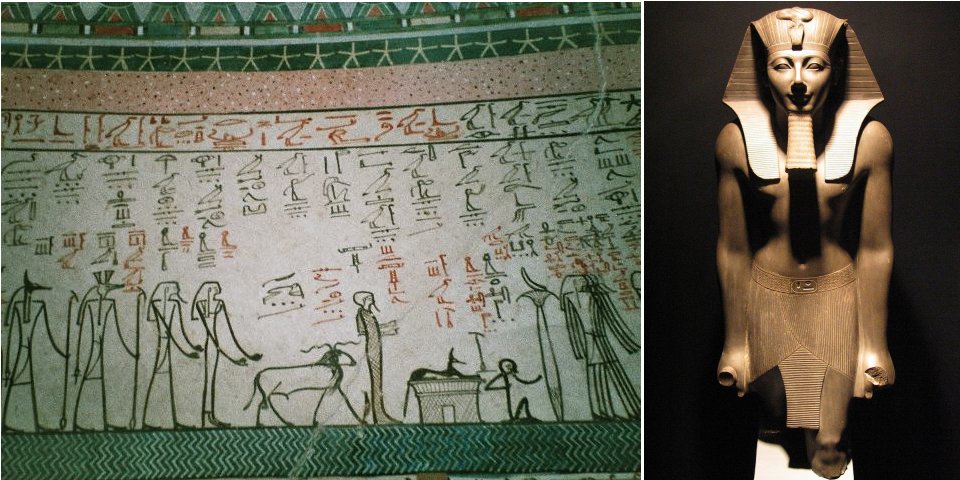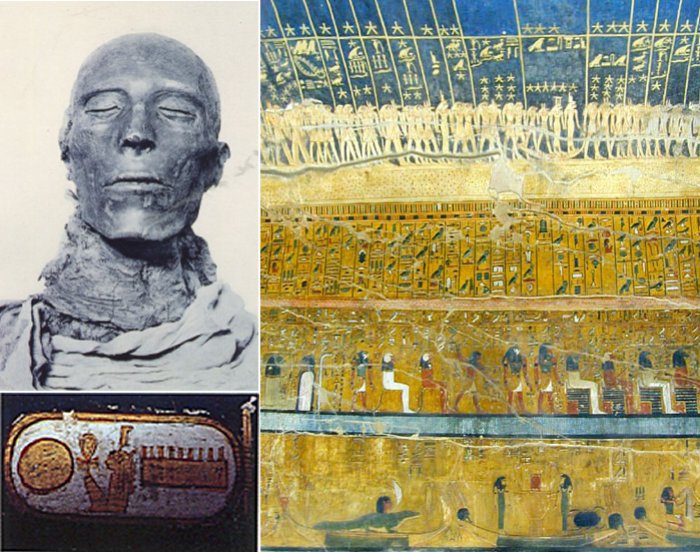Valley Of The Kings – Necropolis Of New Kingdom Rulers Of Ancient Egypt
A. Sutherland - AncientPages.com - According to an ancient Egyptian legend, the Valley of the Kings was protected by a goddess called Meretseger.
The goddess took the form of a cobra to kill anyone with evil intentions or swore false oaths.
Then, several other tombs - hidden in rocky caves - were built and the valley became a royal necropolis for the greatest personalities of ancient Egypt, such as Tutankhamun, Seti I, and Ramses II, and many others. Image via Egypt Tourism
For over 1700 years, the Egyptians buried their dead kings in pyramids and tombs.
Valley of the Kings (in Arabic: Wadi Biban el-Muluk meaning 'the Kings' Gates'), located on the Nile's west bank near Luxor, was used for burials from approximately 1539 BC to 1075 BC.
The first royal tombs in the Valley were those of Amenhotep I (still disputed) and Thutmose I, the third pharaoh of the 18th dynasty of Egypt. He received the throne after the previous king's death, Amenhotep I.
Then, several other tombs - hidden in rocky caves - were built. The Valley became a royal necropolis for the most outstanding personalities of ancient Egypt, such as Tutankhamun, Seti I, Ramses II, and many others.
Left: A scene from the Amduat on the walls of the tomb of Thutmose III, KV34, in the Valley of the Kings. Right: Thutmosis III statue in Luxor Museum. Image credit: Chipdawes - Public Domain
Many of the Valley's burial chambers were richly decorated with paintings and murals depicting the deceased's life, the scenes of the afterlife according to the Book of the Dead, and items that would enable a continued existence in the afterlife in well-being. There were also magical ritual artifacts such as Shabtis and religious figurines.
When archaeologists began excavations at the beginning of the nineteenth century, many tombs were already looted.
The first great archaeological discovery in the Valley of the Kings was made in 1768 by English traveler James Bruce. He discovered the tomb of Ramesses III, the second Pharaoh of the Twentieth Dynasty.
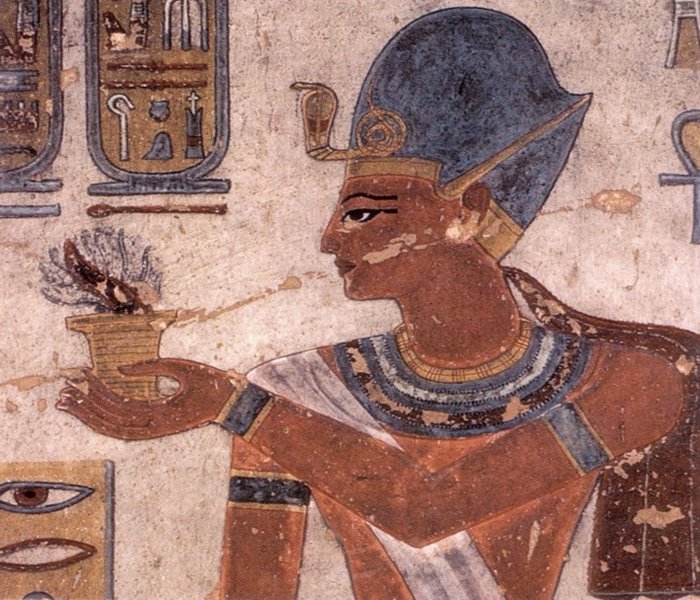 Ramses III offering incense, and wall painting in KV11. Image source.
Ramses III offering incense, and wall painting in KV11. Image source.
In 1798 Napoleon Bonaparte invaded Egypt, taking with him 40 scientists to record ancient and modern life along the Nile. Their findings were published in 1809 in a book," Description de l'Egypte."
In November 1922, the most sensational discovery took place. British archaeologist Howard Carter discovered Pharaoh Tutankhamun. The tomb was intact and packed with antiquities, including Tut's world-famous golden mask, a sarcophagus of gold, gold headdresses, jewels, statues, chariots, weapons, ornaments, and paintings.
It took over three years to excavate and catalog the tomb's contents.
One of the most sophisticated tombs discovered in the Valley of the Kings was that of Thutmose III. Inside the tomb, archaeologists found only the wooden statues of the king and other gods, the red quartzite sarcophagus, pottery, bits of wooden model boats, and the bones of animals.
Upper left: Seti I's mummy was found in Deir el Bahari cache. Below: His cartouche and to the right: KV17: Seti I's tomb
The Tomb of Seti I, a pharaoh of the New Kingdom Nineteenth Dynasty of Egypt, the son of Ramesses I and the father of Ramesses II, was well preserved and impressive as being the longest at 136 meters and most profound of all the New Kingdom royal tombs.
The tomb (KV17) was found in 1817 by Giovanni Battista Belzoni. It was also the first tomb with decorations including '
The Legend of the Destruction of Mankind' on every passageway and chamber with highly refined bas-reliefs and colorful paintings - fragments of which, including a large column showing Seti I with the goddess Hathor, can be seen in the Museo Archeologico, Florence.
Written by – A. Sutherland AncientPages.com Staff Writer
Updated on March 1, 2023
Copyright © AncientPages.com All rights reserved. This material may not be published, broadcast, rewritten or redistributed in whole or part without the express written permission of AncientPages.com
Expand for referencesReferences:
Nicholas Reeves N., Wilkinson Richard H. The Complete Valley of the Kings: Tombs and Treasures of Ancient Egypt's Royal Burial Site
More From Ancient Pages
-
 Controversial Artifact Fuente Magna Could Re-Write Ancient History – America’s Mysterious Rosetta Stone
Artifacts | Oct 18, 2014
Controversial Artifact Fuente Magna Could Re-Write Ancient History – America’s Mysterious Rosetta Stone
Artifacts | Oct 18, 2014 -
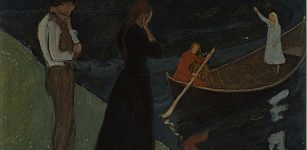 Tuonela – The Land Of The Dead In Beliefs Of Ancient Finnish People
Featured Stories | Nov 9, 2021
Tuonela – The Land Of The Dead In Beliefs Of Ancient Finnish People
Featured Stories | Nov 9, 2021 -
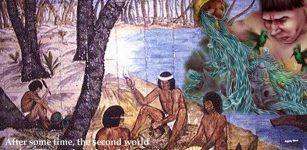 Creator God Kururumany Who Introduced Death Into The World And Deprived Humans Of Immortality
Featured Stories | Dec 19, 2016
Creator God Kururumany Who Introduced Death Into The World And Deprived Humans Of Immortality
Featured Stories | Dec 19, 2016 -
 Unique discovery of unknown inscription may change the history of scripts as we know it.
News | Aug 23, 2015
Unique discovery of unknown inscription may change the history of scripts as we know it.
News | Aug 23, 2015 -
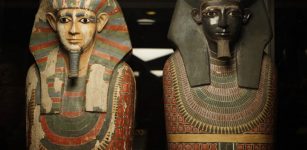 Egyptian Tomb Of The Two Brothers – DNA Solves Ancient Egyptian Mystery
Archaeology | Jan 17, 2018
Egyptian Tomb Of The Two Brothers – DNA Solves Ancient Egyptian Mystery
Archaeology | Jan 17, 2018 -
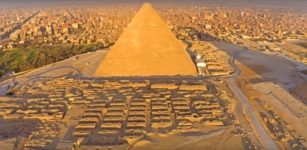 Ancient Papyrus Of Merer Reveals How The Great Pyramid Of Giza Was Built
Archaeology | Sep 27, 2017
Ancient Papyrus Of Merer Reveals How The Great Pyramid Of Giza Was Built
Archaeology | Sep 27, 2017 -
 Athena – Goddess Of Wisdom Delivered Punishments And Gifts
Featured Stories | Dec 31, 2018
Athena – Goddess Of Wisdom Delivered Punishments And Gifts
Featured Stories | Dec 31, 2018 -
 Secrets Of Viking Crystal Sunstones Revealed By Modern Science
Archaeology | Apr 5, 2018
Secrets Of Viking Crystal Sunstones Revealed By Modern Science
Archaeology | Apr 5, 2018 -
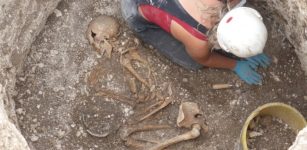 Bronze Age Human Remains Uncovered In Dorset During Excavation Of Iron Age Settlement
Archaeology | Jul 10, 2023
Bronze Age Human Remains Uncovered In Dorset During Excavation Of Iron Age Settlement
Archaeology | Jul 10, 2023 -
 Thousand Unearted Artifacts Reveal ‘Major’ Ancient Migration To Timor Island
Archaeology | May 23, 2024
Thousand Unearted Artifacts Reveal ‘Major’ Ancient Migration To Timor Island
Archaeology | May 23, 2024 -
 Evidence Reveals Ancient Saudi Arabia Had A Complex, Thriving Society, Contradicting Notions Of A Struggling Population In Barren Lands
Featured Stories | Aug 21, 2024
Evidence Reveals Ancient Saudi Arabia Had A Complex, Thriving Society, Contradicting Notions Of A Struggling Population In Barren Lands
Featured Stories | Aug 21, 2024 -
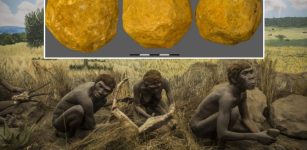 Are The Mysterious ‘Ubeidiya Limestone Spheroids Of Early Hominins Evidence Of Intentional Symmetric Geometry?
Archaeology | Sep 6, 2023
Are The Mysterious ‘Ubeidiya Limestone Spheroids Of Early Hominins Evidence Of Intentional Symmetric Geometry?
Archaeology | Sep 6, 2023 -
 On This Day In History: Martin Luther Was Excommunicated From The Catholic Church – On Jan 3, 1521
News | Jan 3, 2017
On This Day In History: Martin Luther Was Excommunicated From The Catholic Church – On Jan 3, 1521
News | Jan 3, 2017 -
 On This Day In History: England’s Act Against Multipliers Signed Into Law – On Jan 13, 1404
News | Jan 13, 2017
On This Day In History: England’s Act Against Multipliers Signed Into Law – On Jan 13, 1404
News | Jan 13, 2017 -
 Real-Life Excalibur Found Underwater In Bosnia – Medieval Sword In Stone Pulled Out
Archaeology | Oct 31, 2019
Real-Life Excalibur Found Underwater In Bosnia – Medieval Sword In Stone Pulled Out
Archaeology | Oct 31, 2019 -
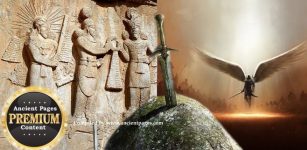 Red-Headed Alevi In Kurdistan Could Be Guardians Of Watchers’ Secret Knowledge And Shed Light On The Excalibur Legend
Civilizations | Jan 31, 2018
Red-Headed Alevi In Kurdistan Could Be Guardians Of Watchers’ Secret Knowledge And Shed Light On The Excalibur Legend
Civilizations | Jan 31, 2018 -
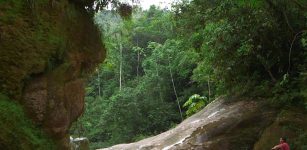 The Face Of The Amarakarei – Remarkable Enormous Face Caved Into Stone Cliffs In Peru
Civilizations | Nov 20, 2015
The Face Of The Amarakarei – Remarkable Enormous Face Caved Into Stone Cliffs In Peru
Civilizations | Nov 20, 2015 -
 Shield Maiden Freydis Eiriksdottir – Hot-Tempered Daughter Of Erik The Red Terrified Native Americans
Featured Stories | Dec 4, 2017
Shield Maiden Freydis Eiriksdottir – Hot-Tempered Daughter Of Erik The Red Terrified Native Americans
Featured Stories | Dec 4, 2017 -
 Exploring Future Evolution: How Will Humans Change In The Next 10,000 Years?
Featured Stories | Oct 3, 2022
Exploring Future Evolution: How Will Humans Change In The Next 10,000 Years?
Featured Stories | Oct 3, 2022 -
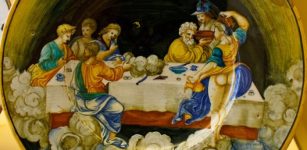 Amrita: Potion Of Immortality Consumed By Gods To Make Them Strong And Immortal
Featured Stories | Apr 5, 2019
Amrita: Potion Of Immortality Consumed By Gods To Make Them Strong And Immortal
Featured Stories | Apr 5, 2019

